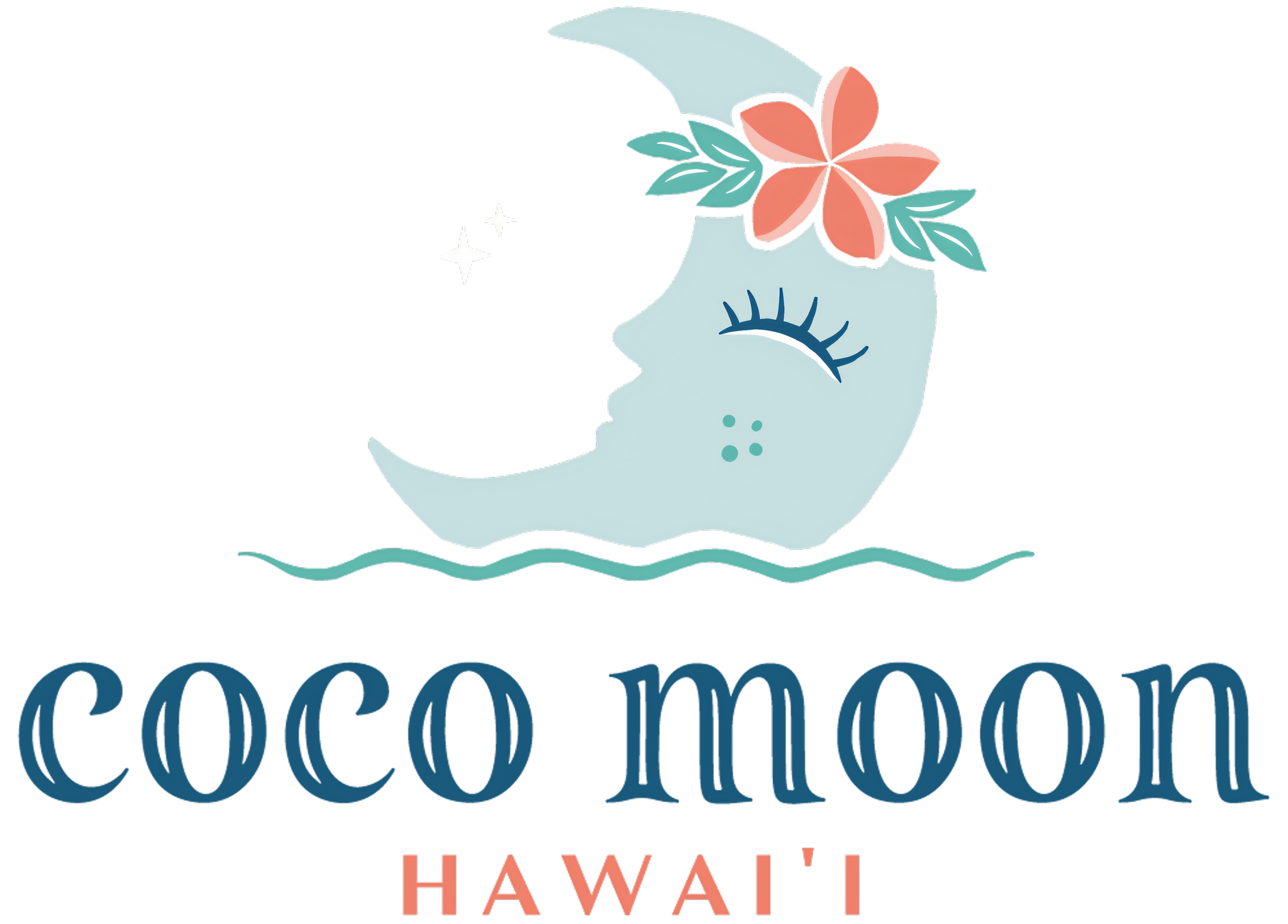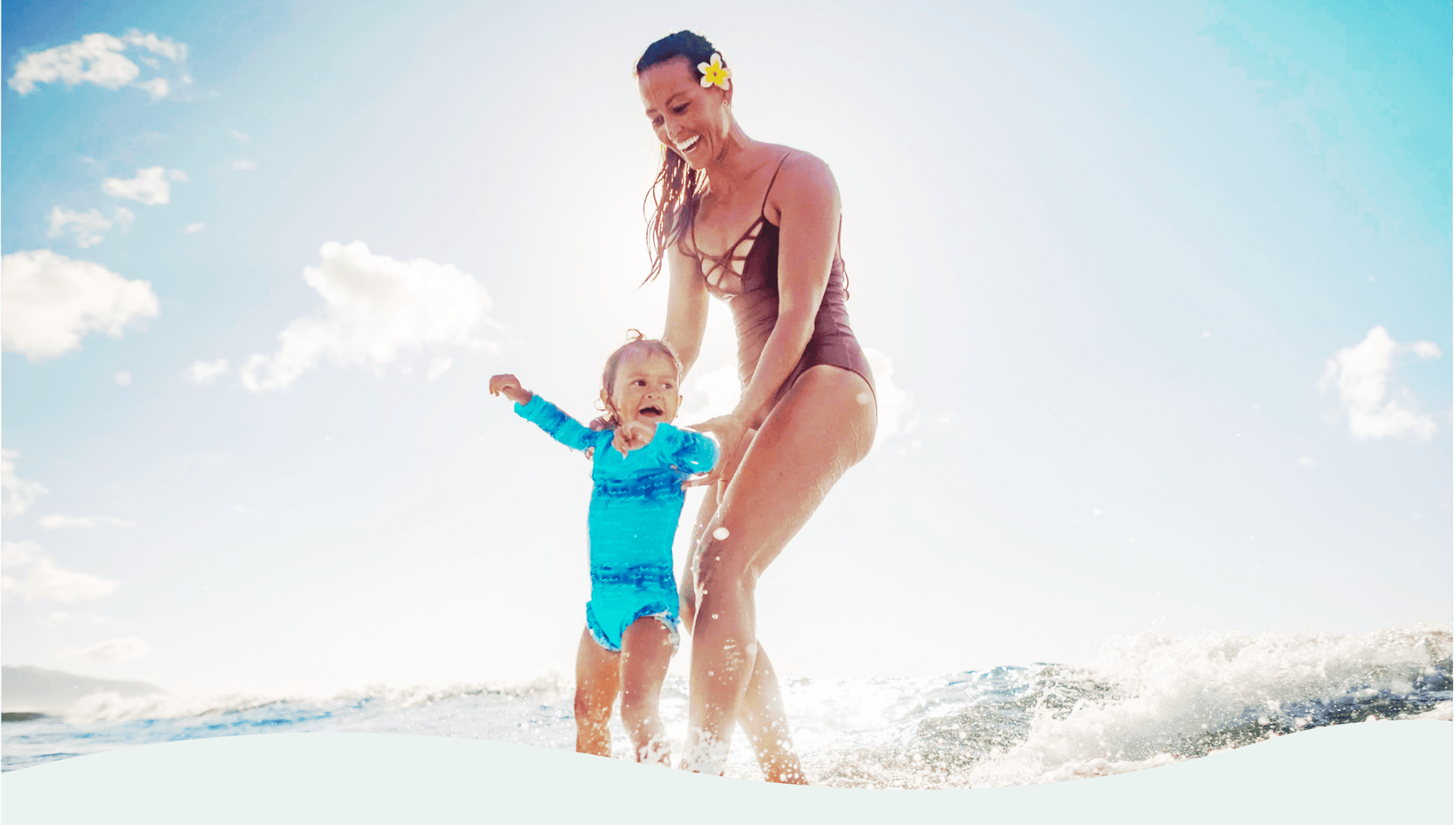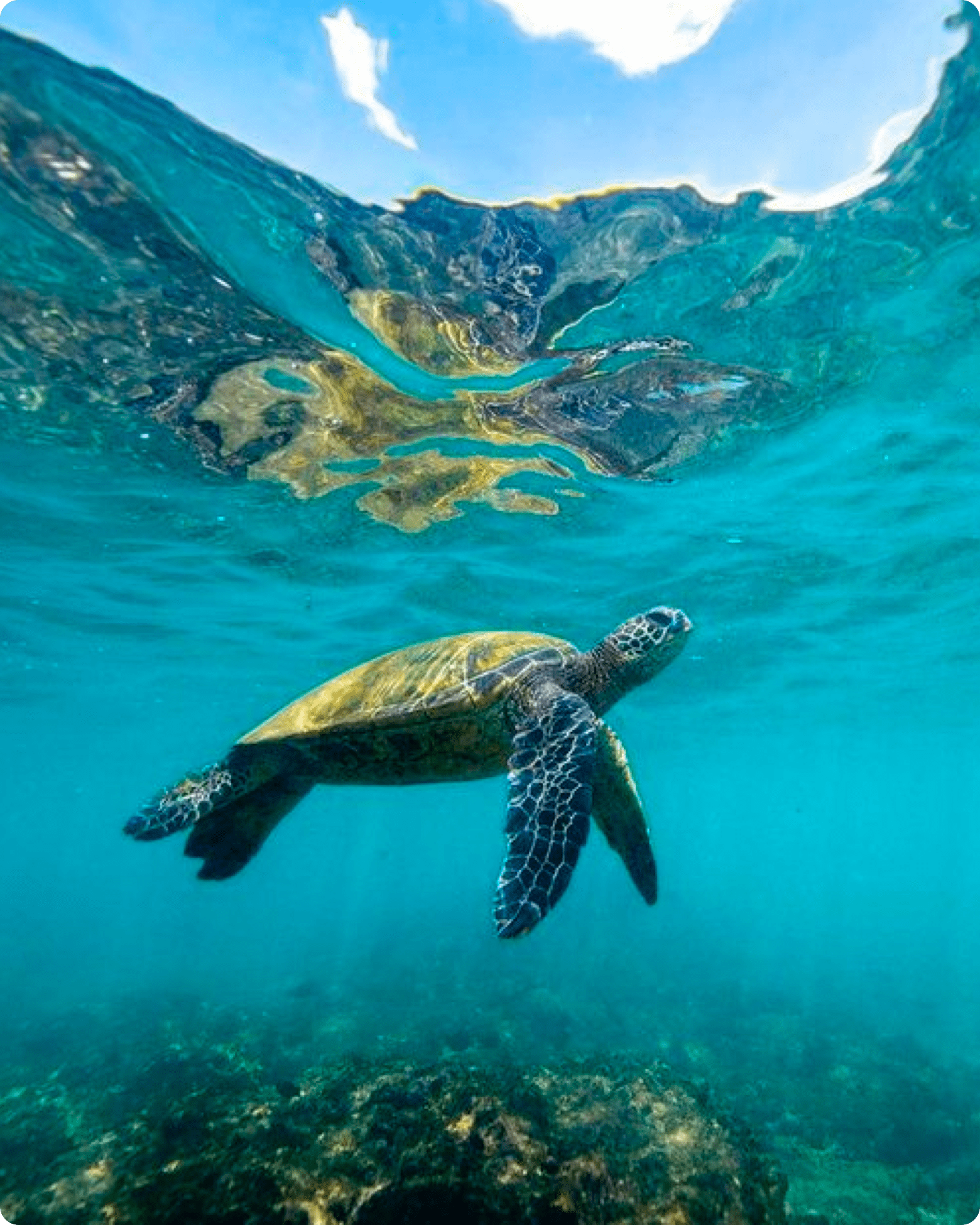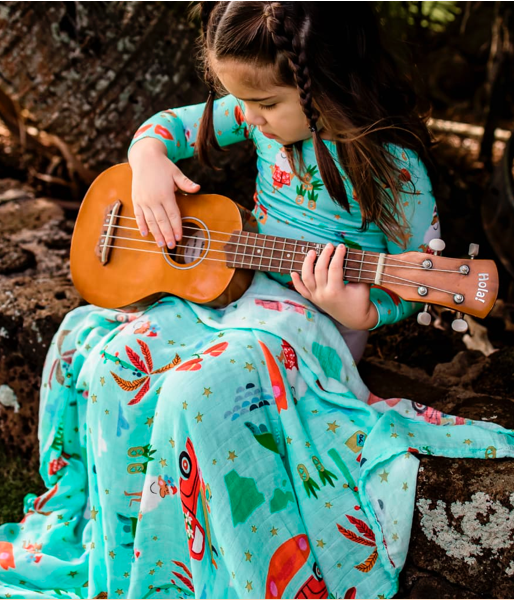When I was in high school, I was lucky enough to participate in a Summer program that introduced me to the tradition of wayfinding. I remember being in total awe as I was fascinated by not only the art and science of wayfinding, but also the incredible curiosity, tenacity, and spirit of exploration of Polynesian voyagers. These Polynesian explorers discovered the Hawaiian Islands by sailing on double-hulled canoes using the sun, stars, and swell to guide them. No GPS, no compass, simply the nature that exists around us. Participating in that program was one of the best experiences of my life and one that has stuck with me all these years later.
So we are humbled and honored to release “Wayfinding,” which honors the legacy of Pacific Ocean exploration and is in collaboration with the Polynesian Voyaging Society (PVS). Not only has PVS ushered in a remarkable revival of these traditions, but they are also tirelessly working to inspire generations all over the world, building a community of 10 million navigators. As they put it: “A Navigator is a voice for indigenous communities and a champion for planet Earth. Our path to 10 million navigators begins from learning traditional Polynesian voyaging and extends to finding opportunities for involvement or education that will have a healing impact across the environment.”
Read on to learn a little more about wayfinding and the history of the Polynesian Voyaging Society…
The Polynesian Triangle
Many years ago, Polynesian ocean explorers traveled across The Polynesian Triangle, an area of 10 million square miles across the ocean and islands connected by the Hawaiian Islands in the South, Easter Island in the East, and New Zealand in the West. These explorers traveled across these oceans using the stars and swell, navigating the waters with intention and purpose.
In 1973, the Polynesian Voyaging Society was established to disprove the theory that the Hawaiian Islands were discovered by accident, and prove that Polynesians settled across islands within the Polynesian Triangle deliberately.
Hōkūle’a, the PVS (Polynesian Voyaging Society) double hulled canoe, succeeded in her Maiden Voyage to Tahiti in 1976, where they were greeted by 17,000 people (more than half the population of the island!)
Polynesians everywhere felt a connection and pride to the success of the first Hōkūle’a voyage, and this was only the beginning.
Hōkūle’a’s Journeys Over The Years
Between her Maiden Voyage and present, there have been many notable moments for Hōkūle’a and the Polynesian Voyaging Society.
One of which was a tragedy in 1978, when the Hōkūle’a was going to make her first return journey to Tahiti after the Maiden Voyage, but just six hours into the voyage, she capsized between O‘ahu and Lānaʻi. Iconic surfer and North Shore lifeguard, Eddia Aikau, was a part of the crew and he heroically attempted to paddle the 15 miles to Lānaʻi at night. Shortly after he set out, the crew was rescued, but Eddie was never seen again. This immeasurable loss of Eddie was never forgotten, and sparked a mission to reevaluate the training and safety needed to complete these voyages. Since then, no crew member has been lost at sea.
Eddie Aikau’s memory lives on through the legendary surf tournament — “The Eddie”. In the last 30 years since “The Eddie” was established in Eddie Aikau’s memory, it’s only been held 10 times, as wave heights need to reach 20+ feet in order for the competition to happen. And just this year in 2023, the winner was a North Shore Lifeguard whose son is also one of our little baby models!
Mālama Honua
More recently, the Hōkūle’a has completed her around the world voyage — Mālama Honua, meaning “to care for our Earth”. This five year plan from 2013-2019 consisted of 150 ports, 18 nations, and eight of UNESCO’S Marine World Heritage sites. The goal was to engage diverse nations, communities, and people in the nature around them, and encourage them to learn about and protect the only Earth we have.
Over the course of the 5 years, 245 crew members helped sail the Hōkūle’a, and they were able to connect with more than 100,000 people across the sea. That’s an incredible feat! And even more amazing they were able to do it with the navigation practices Polynesian ancestors used so many years ago.

Moananuiākea Voyage
The Polynesian Voyaging Society has set the date for their second, extensive navigation tour! This June, they will set out from Junaeu, Alaska and make their way around the Pacific, where they will visit 36 countries and nearly 100 Indigenous territories. This four year expedition will include the Hōkūle’a, and her sister canoe, Hikianalia, with a crew of over 400 navigators. This journey is a part of PVS’s goal of 10 million “planetary navigators”, which they hope to foster by “developing young leaders and engaging communities around the world to take part in navigating the earth towards a healthy, thriving future.”
From this print collection, Coco Moon Hawai’i will donate 1% of all sales to the Polynesian Voyaging Society. We are humbled and honored to be able to contribute to supporting PVS, voyages like this, and the way they are inspiring people all over the world to Mālama Honua.
We hope you will be able to connect with stars, sun, and swell with our new print: Wayfinding, designed in collaboration with the Polynesian Voyaging Society. There is much tradition and value behind this practice, and we are thrilled to bring just a fraction of the story of our ‘āina to light on this new print.










